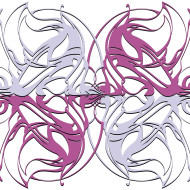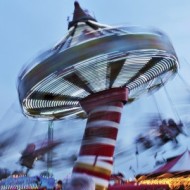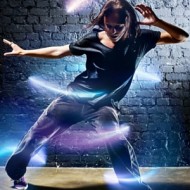
Like many movement analysts, I’ve always thought that choreutics was synonymous with space harmony. But now I see that choreutics is not just about space. For Laban, choreutics is the whole enchilada. It is body, effort, shape, and space – movement as an integration of the physical, psychological, and spiritual.
I will be incorporating this new perspective in the forthcoming Octa workshop, Bringing Choreutics to Life. The focus will still be on space, but with the aim of using body, effort, and shape to experience more fully the patterned trace-forms that Laban identified as a beneficial physical practice.… Read More








